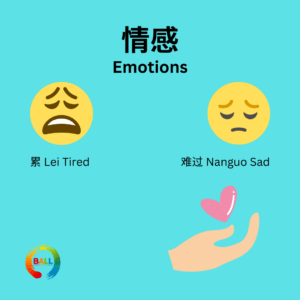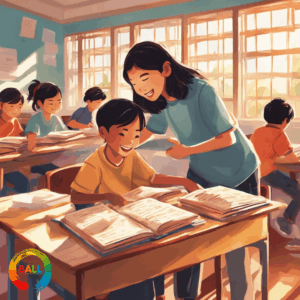Childhood trauma includes not only physical, emotional, or sexual abuse but also exposure to traumatic events, such as witnessing natural disasters or community violence. A child’s reaction to trauma is influenced by several factors, including their developmental level, ethnicity or cultural background, previous exposure to trauma, available resources, and preexisting family issues. A child’s developmental stage affects their understanding and response to trauma, while cultural factors shape their perception of what constitutes a normal reaction. Previous trauma exposure can lead to learned coping mechanisms, and access to resources plays a crucial role in their resilience. Additionally, existing family problems can impact the level of support a child receives. Understanding these factors is essential in addressing and mitigating the effects of childhood trauma.Sudden new fears: These fears may or may not be related to the traumatic event.
Signs of PTSD in Children Listed by Verywell Mind:
- Sudden new fears: These fears may or may not be related to the traumatic event.
- Separation anxiety: Occurs when a child becomes overwhelmed with anxiety if their parents are not around.
- Sleep disturbances: This could mean that they start having nightmares or lose the ability to fall asleep quickly.
- Sadness: If you notice that you or a loved one is feeling down much more often, it may be a sign that they’re coping with a traumatic event.
- Losing interest in normal activities: A child may lose interest in things they once enjoyed.
- Inability to concentrate: This could be long or short-term and impact things like school, work, or normal activities.
- Anger: Unexplained anger, or irritability that doesn’t match up to the level of the event, can be a sign of a traumatic event.
- Somatic complaints: These can include stomachaches, headaches, or any other physical pains that seem to have no root cause.
Understanding that childhood trauma encompasses not only physical, emotional, or sexual abuse but also exposure to traumatic events is crucial. A child’s reaction to trauma is shaped by their developmental level, cultural background, prior trauma exposure, access to resources, and family dynamics. Recognizing these factors can help us provide better support and intervention, ultimately aiding in the healing process and fostering resilience. By addressing and mitigating the effects of childhood trauma, we can create a safer and more supportive environment for children to thrive.








